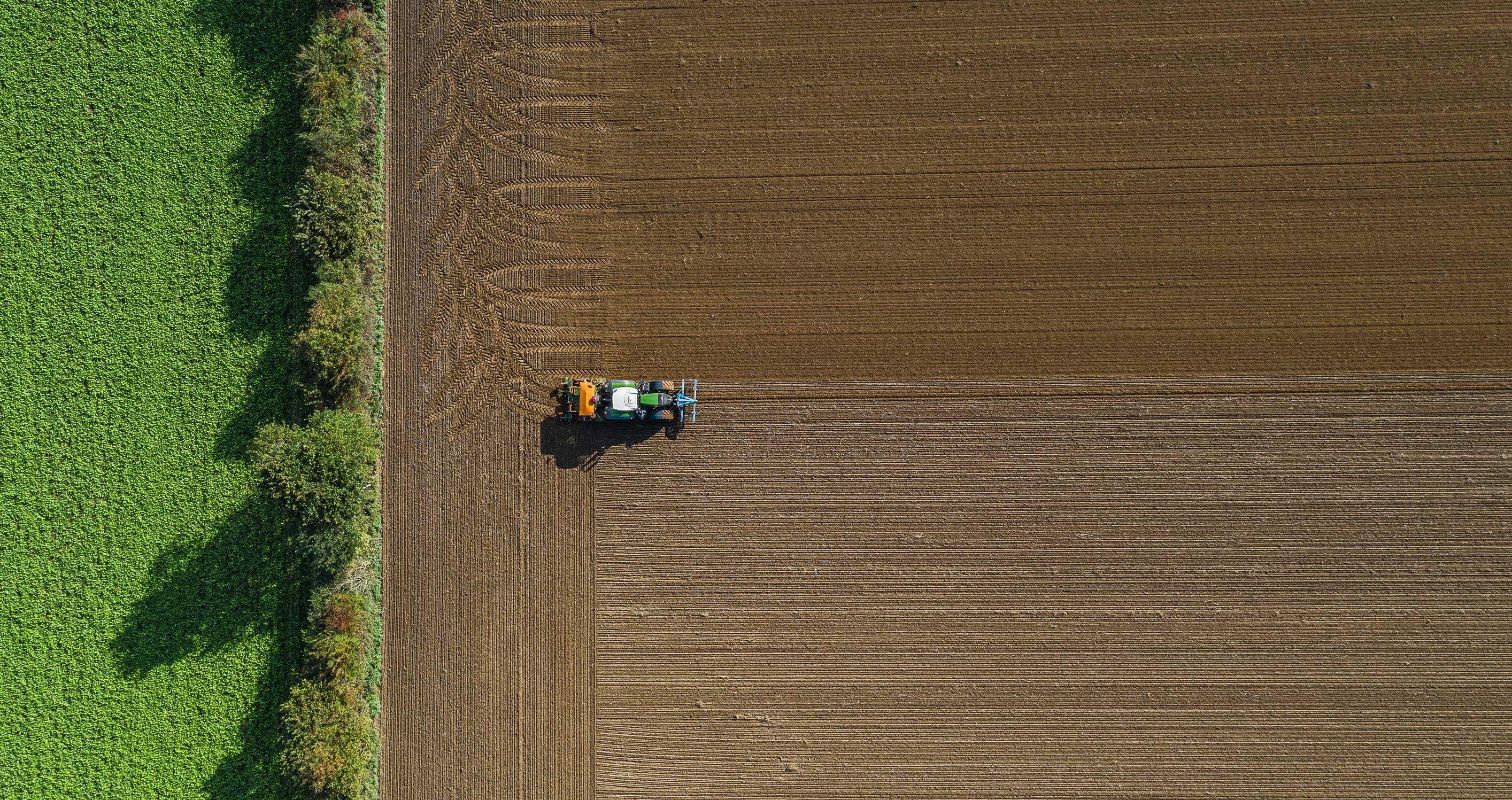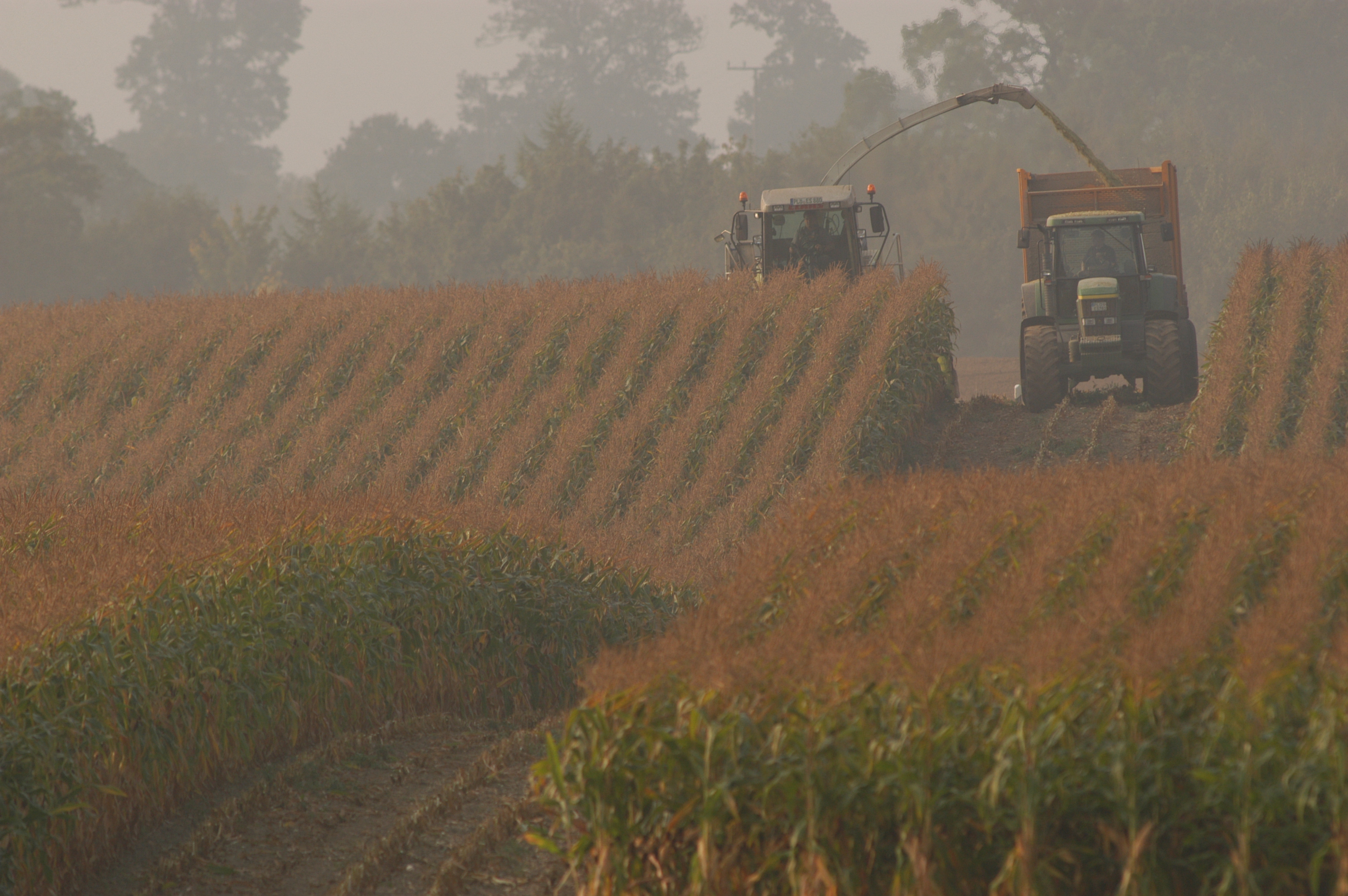PollenPlus KWS files for ‘ergot’ patent in hybrid rye
Selective pollination
Two mechanisms are vital in hybrid rye breeding: cytoplasmic male sterility (CMS) and the restorer genes. The discovery of CMS heralded in a new era in rye breeding, since it enabled pollination to be controlled cost-effectively for the first time.
CMS is a condition under which a plant is unable to produce functional pollen. These genotypes can therefore not pollinate other plants. They are used as seed parents for later hybrids. In contrast however, breeders can ensure selective pollination by a pollen parent that has the desired traits; a principal requirement in successful hybrid breeding.
To produce seed for high-yielding KWS hybrid varieties, the seed and pollen parents (which are in turn the product of extensive crossing) are selectively crossed with each other. Only the pollen parent produces functional pollen that also contains the completely dominant restorer gene Rfp1. Progeny from crossing the seed and pollen parents (F1 generation) are then fertile again.
Rfp1 is very efficient
“Plant breeders know many restorer genes. However, Rfp1 is very efficient. It ensures that KWS’ rye hybrids produce a lot of pollen again. That’s something very special,” stress KWS seed breeders Peer Wilde and Jutta Menzel. “Other restorer genes are less effective.”
KWS now knows the genome sequence of Rfp1 and its exact position on chromosome 4R. The gene originates from an old Iranian rye landrace. The latter gives only very low yields, but is nevertheless of great value as a genetic resource because it contains the powerful Rfp1 gene.
Good protection against ergot
There is a further advantage of pollen production being restored by Rfp1: It provides KWS’ hybrid rye varieties with effective protection against ergot. This feared disease may occur if there is insufficient pollen when the rye is in flower. The ergot spores can then occupy the rye’s open flowers.
The first signs of infestation are sticky droplets, termed honeydew, on the ear. The actual ergot then develops later. It is dark violet, elongated and can grow to a length of six centimetres. Just small amounts of the alkaloids in the ergot can harm people and animals. That’s why there are official limits on their content in harvested goods. If those limits are exceeded, the purchaser makes price deductions and can even refuse the batch in full.
Other interesting topics
Your consultants





